
Ever feel like you’re talking to a brick wall when you call your dog? You say “sit,” they blink at you. You say “come,” they sniff the air and trot in the opposite direction. Sound familiar? You’re not alone! Training mistakes happen all the time, and they could be why your pup is giving you the cold shoulder. Let’s break down 10 common mistakes (and how to fix them).
1. The Broken Record Syndrome—Stop Repeating Yourself
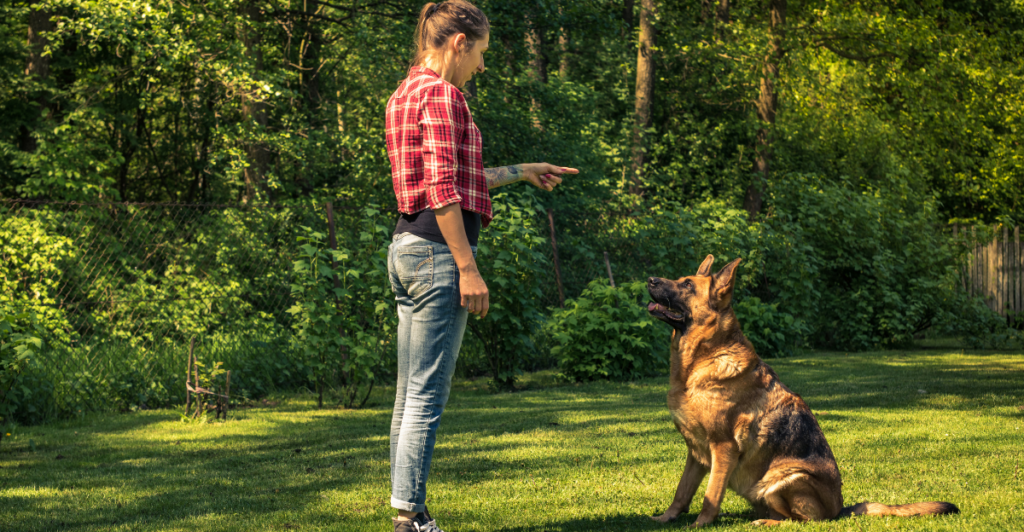
You say, “sit.” Your dog stares. So you say it again: “sit… SIT… SIT!” Guess what? You just taught them that “sit” only matters if you say it five times in a row. Dogs learn best when a command is said once, then followed by a reward for listening. If they don’t respond, wait, guide them gently, and then reward them, no need for a full-blown speech.
2. Punishing Instead of Rewarding

Yelling, scolding, or using punishment might stop bad behavior in the moment, but it won’t teach your dog what you actually want from them. In fact, it can make them fearful and confused. Positive reinforcement (like treats, belly rubs, or happy praise) helps them associate good behavior with good things. Be the coach your pup needs, not the scary villain.
3. Skipping Training Days
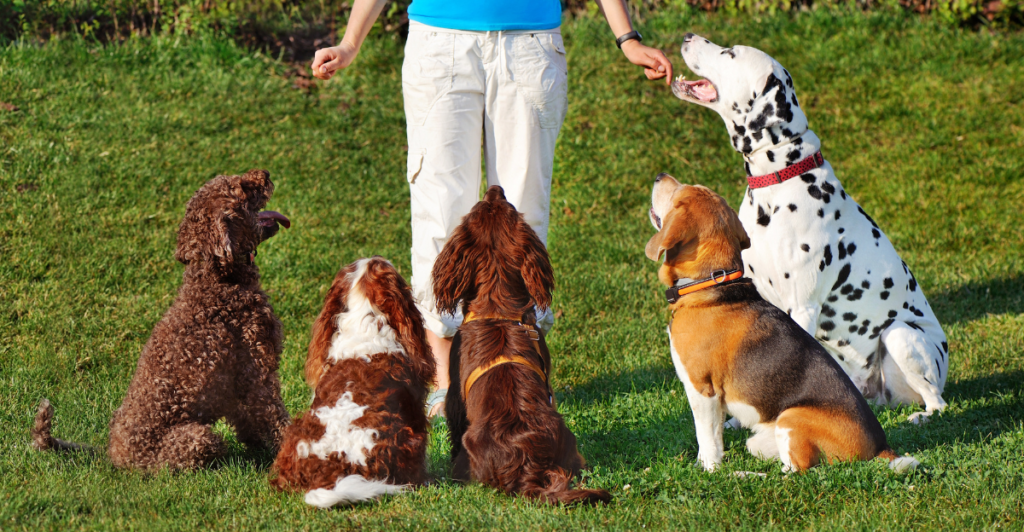
Imagine learning a new skill, but only practicing once a week. Would you remember it? Probably not! Dogs need consistent, short training sessions to lock in new commands. Try 5-10 minutes a day instead of cramming one big session in once a week. Training should feel fun and natural and not like a high-pressure exam.
4. Expecting Instant Results
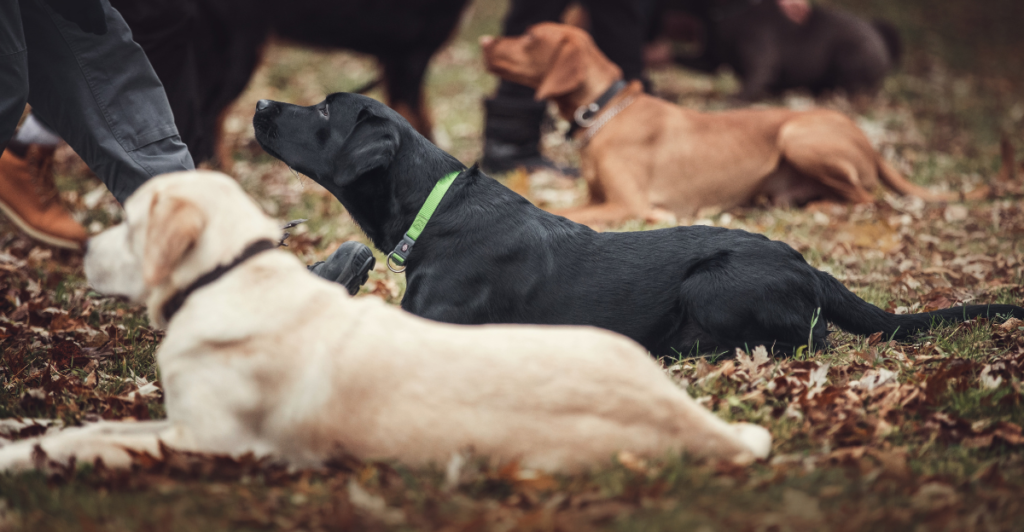
Your dog won’t become a perfectly trained angel overnight (sorry!). Just like humans, dogs need time and repetition to master commands. Instead of getting frustrated when they don’t sit perfectly on day one, celebrate small wins—a little progress is still progress! Every dog learns at their own pace, and patience is the secret sauce to training success.
5. Training in the Middle of Chaos
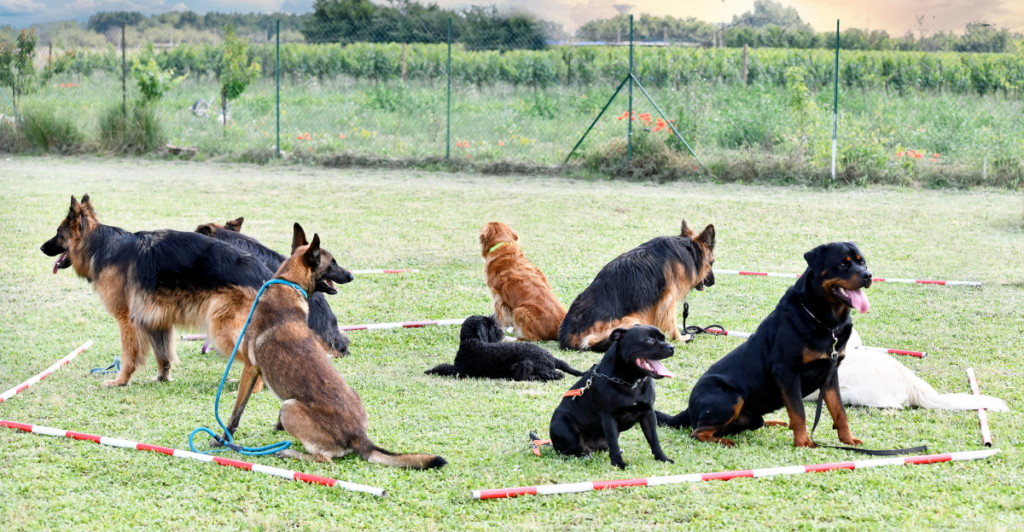
Would you try to learn calculus in the middle of a music festival? No? Then don’t expect your dog to focus on training at a busy park, during playtime, or when the doorbell’s ringing. Start in a quiet, familiar space and slowly increase distractions over time. If your dog is struggling, take a step back and make training easier.
6. Using the Wrong Reward

Not all treats are created equal. If you’re trying to teach an important command (like “come”), but you’re rewarding with dry kibble, your dog might decide it’s not worth their effort. Instead, use high-value rewards—think tiny bits of chicken, cheese, or peanut butter. Find out what makes your dog’s tail wag like crazy and use that as motivation.
7. Only Training in One Spot
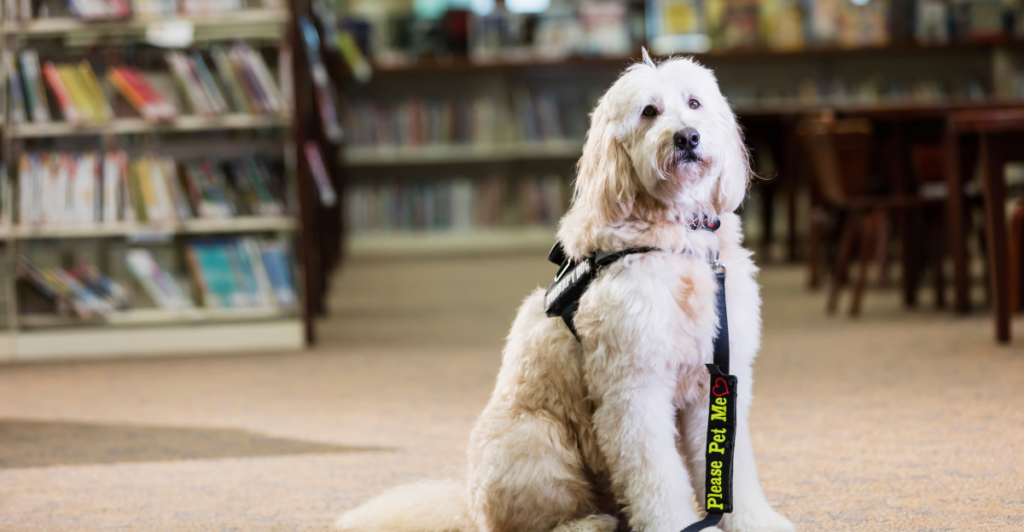
Your dog might not actually be ignoring you, they just haven’t learned that “sit” means sit everywhere, not just at home. Dogs don’t generalize well, so if you’ve only practiced in your kitchen, don’t expect them to perform at the dog park. Practice in different environments to make sure they truly understand the commands.
8. Ignoring Body Language
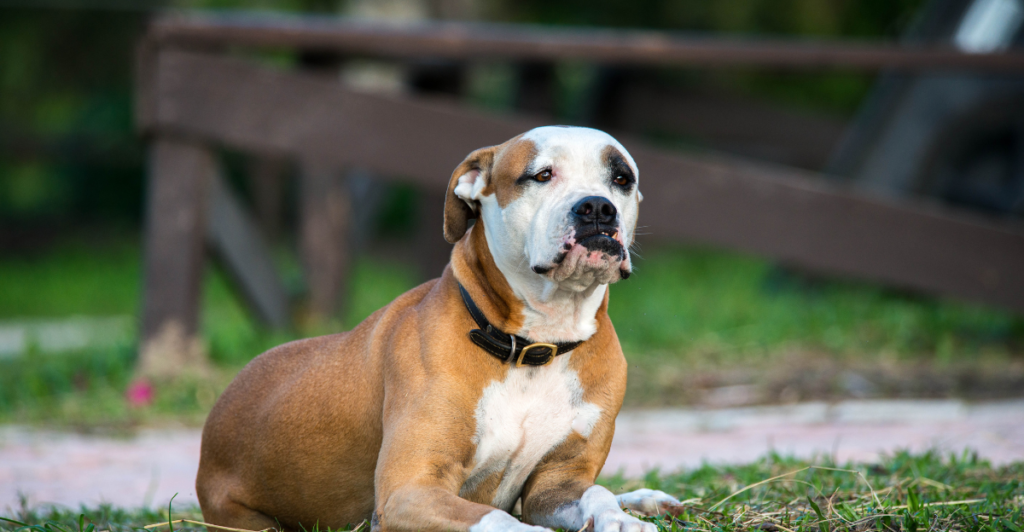
Dogs communicate constantly, but if you’re not paying attention, you might miss important signals. If your pup is yawning, turning away, licking their lips, or acting stiff, they might be stressed or confused. Instead of pushing forward, pause and adjust. Understanding your dog’s body language makes training easier and more effective.
9. Forgetting Socialization
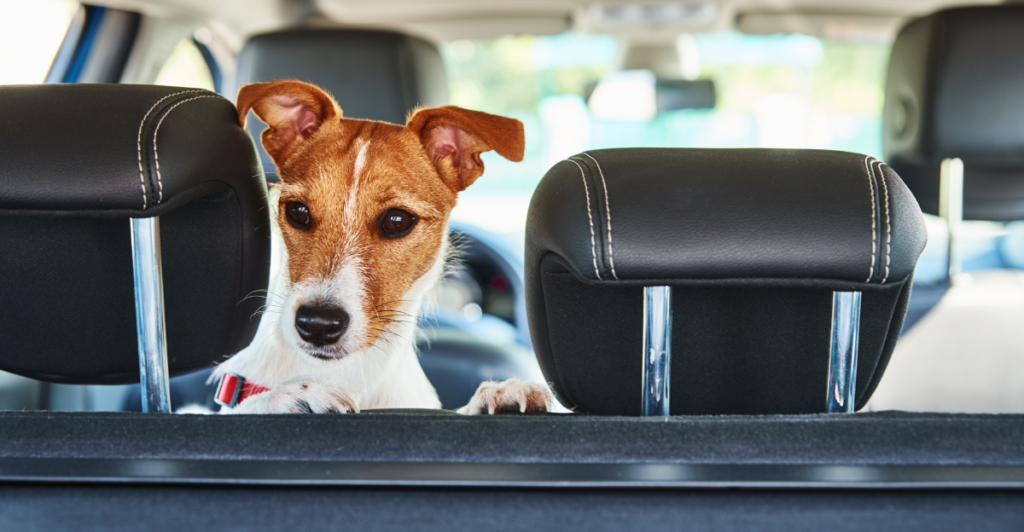
If your dog only ever sees your house and backyard, they might struggle with confidence in the outside world. Early socialization with people, dogs, and new places helps them grow into a well-adjusted, chill companion. Even short car rides, coffee shop visits, or playdates can help your pup learn to be cool in different situations.
10. Training When You’re in a Bad Mood—Dogs Feel Your Energy
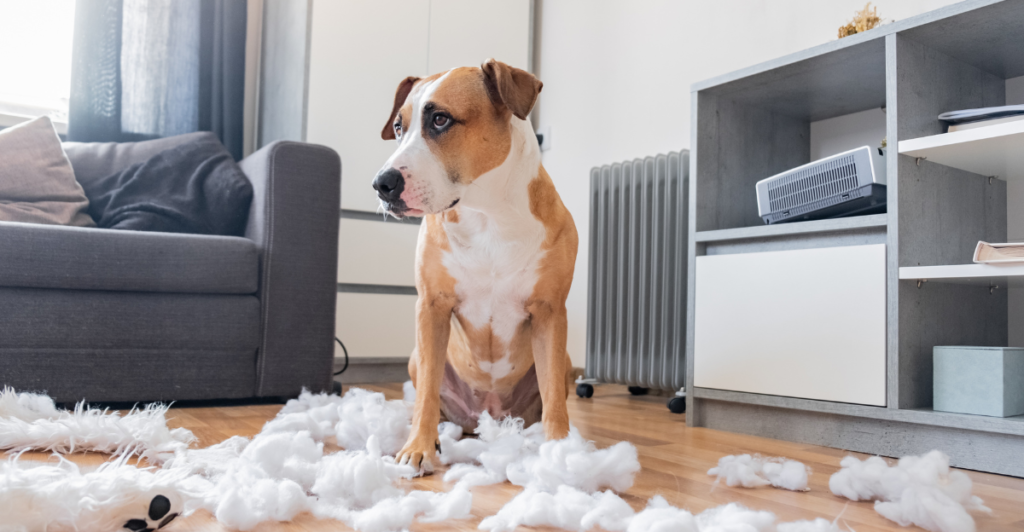
Ever had a bad day and snapped at someone? Your dog can sense your frustration, too. If you’re stressed, tired, or in a rush, your training session probably won’t go well. Dogs respond best when training feels fun and positive—so if you’re not in the right mindset, pause and try again later.
Bonus Tip
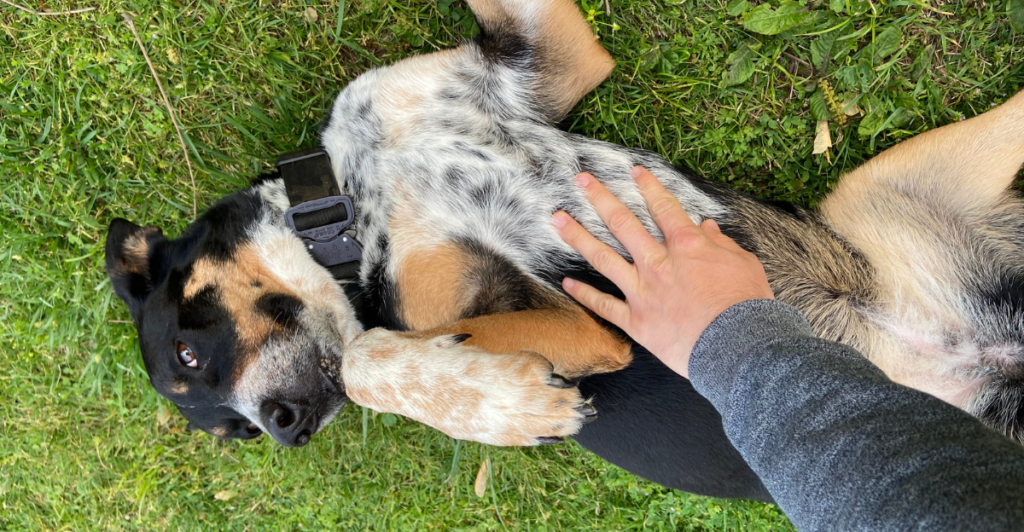
Would you enjoy a game that ends in frustration every time? Neither does your dog! Ending training on a positive note, even if it’s just a simple “sit” + treat, keeps your dog excited for the next session. Always finish training with success, a happy voice, and maybe a belly rub.
Make Training Fun, and Your Dog Will Listen
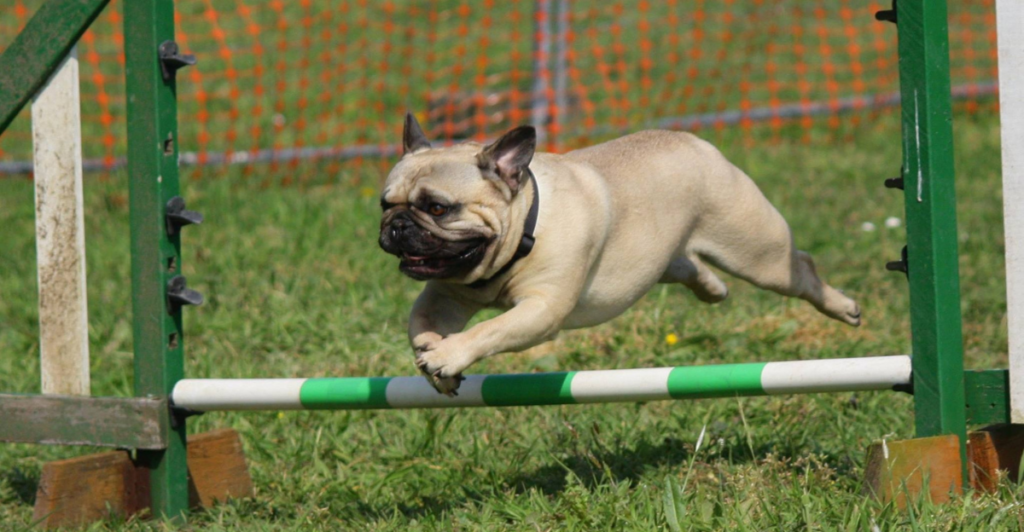
The secret to getting your dog to listen isn’t magic—it’s clear communication, patience, and making training fun. Avoid these common mistakes, and you’ll start seeing real progress (and fewer blank stares). Remember, dogs aren’t stubborn on purpose, they just need guidance, consistency, and lots of love.
Discover more of our trending stories and follow us to keep them appearing in your feed

10 Easy Ways To Stop A Dog Fight
11 Habits of Truly Responsible Dog Owners
“There Will Be Eruptions”: Concerns Mount as Yellowstone Supervolcano Activity Shifts
California Is Splitting Apart: A Fault Line Is Forming Faster Than Anyone Predicted
This article first appeared here
Stay connected with us for more stories like this! Follow us to get the latest updates or hit the Follow button at the top of this article, and let us know what you think by leaving your feedback below. We’d love to hear from you!







